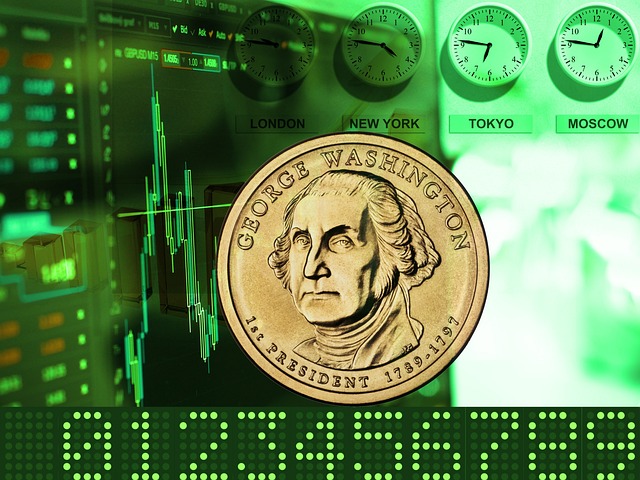
The high interest rates of the 1980s were largely a result of the Federal Reserve’s efforts to combat high inflation. Inflation is a measure of how much the prices of goods and services are rising over time.
When inflation is high, it means that the purchasing power of money is decreasing, as people need more money to buy the same goods and services. High inflation can be a problem because it can discourage investment and lead to economic instability.
In the late 1970s, the United States experienced a period of high inflation, known as “stagflation,” in which the economy was stagnant (not growing) but prices were rising rapidly. This was due in part to the oil crisis of the 1970s, which caused the price of oil (and therefore energy) to rise significantly.
To combat high inflation, the Federal Reserve (the central bank of the United States) raised interest rates. When interest rates are high, it becomes more expensive for individuals and businesses to borrow money. This can discourage borrowing and spending, which can help reduce inflation.
In the early 1980s, the Federal Reserve raised interest rates significantly, peaking at around 20% for short-term rates and 15% for long-term rates in 1981. These high interest rates had a number of consequences. For one, they made borrowing more expensive, which slowed down economic activity and helped bring down inflation. However, the high interest rates also had negative effects, such as making it more difficult for people and businesses to afford loans and causing a recession in the early 1980s.
Throughout the 1980s, the Federal Reserve continued to adjust interest rates in an effort to maintain economic stability. By the end of the decade, interest rates had fallen back to more moderate levels, around 9% for short-term rates and 10% for long-term rates.
It’s important to note that interest rates can vary significantly depending on the type of loan and the creditworthiness of the borrower. For example, credit card interest rates can be much higher than mortgage rates, and borrowers with poor credit may be charged higher interest rates than those with good credit.
Views: 115
